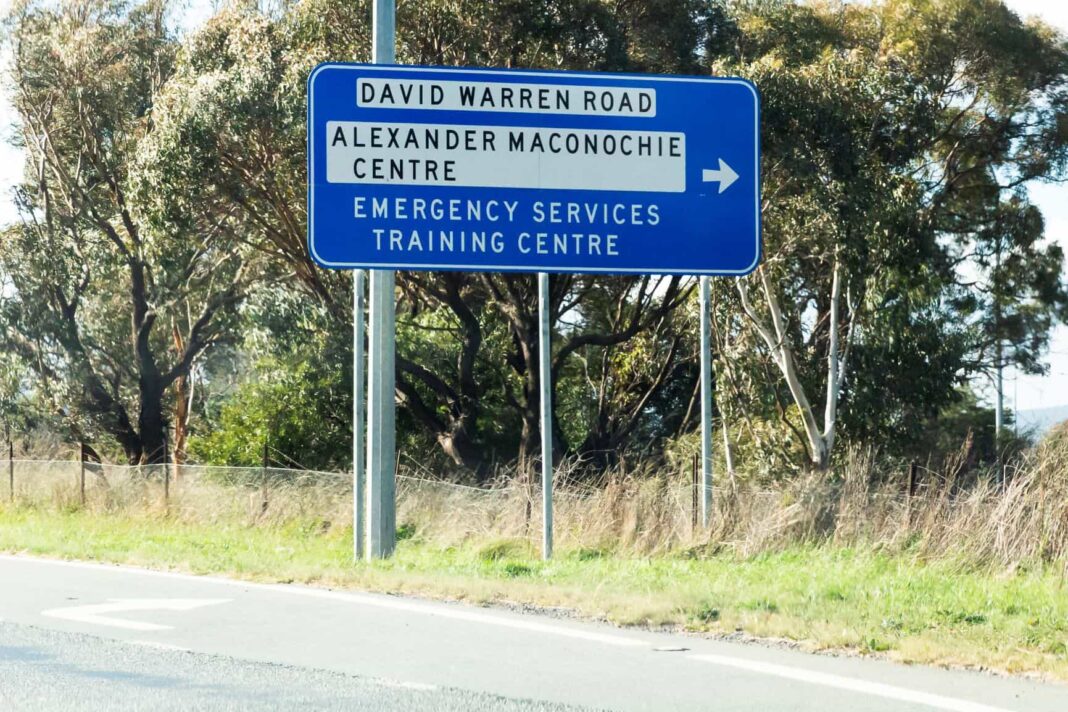After Health, the Corrections portfolio would have to be the biggest poisoned chalice a minister could be given in this Territory.
The bad news just keeps on coming. Documents released under Freedom of Information recently show the present gaol is too small for the population the experts had forecast for it. A riot there last year cost the taxpayer $5.7 million in repairs. Prisoners complain they have nothing to do all day. Little wonder that former Chief Minister Jon Stanhope, who established the facility, labelled it “an appalling failure” last month.
To be fair, his original vision of the nation’s first human rights-compliant gaol was both noble and achievable. However, he bears some of the blame for its subsequent failure because of the flaws he himself built into its design.
At the outset, Stanhope ruled out a gaol run by the private sector. Now we all know, courtesy of countless American movies set in private prisons, that such places are hellholes where inmates are abused in the name of profit. But in real life, the story is somewhat different.
Nearly 20% of Australian prisoners are presently housed in privately-run facilities. In fact, Australia has the highest rate of private incarceration in the world. Many of these prisons have been operating for more than two decades. They have been retained – including by Labor state governments, which opposed them when in opposition – for simple reasons: they are cost-effective and they work.
One reason they work is the profit motive. Prisons with restless, unhappy inmates are expensive, because staffing levels must stay high to deal with riots and the like. Prisons where populations are busy and engaged, where tensions between guards and prisoners are reduced, are cheaper to run. Private operators understand this well.
The other reason they work is because, counterintuitively, governments have more control over what occurs in private gaols. Governments can (and do) stipulate performance targets in contracts with private operators. There is no equivalent mechanism in publicly-run gaols.
Prison officer unions are more powerful in publicly-run gaols, and they are generally not allies in the process of reform. The ACT Government learnt this lesson when it tried to introduce a needle exchange program but was stymied by the prison officers union.
Given this background, and the fact that the ACT had never run a gaol before 2008, the odds were solidly stacked against the Alexander Maconochie Centre ever achieving the ambitious goals Stanhope set for it.
Unsurprisingly, the rate of incarceration has jumped dramatically since the prison was built: another lost opportunity. With more effective levers of control at its disposal, the ACT Government should actually have been able to reduce incarceration rates by trialling alternatives to imprisonment and using the gaol only as the option of last resort. Again, the undynamic and unresponsive model it chose made that approach very difficult.
Despite these many problems, we are still better off housing our own prisoners than transporting them to NSW. But only just.
For more:



